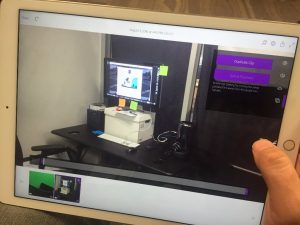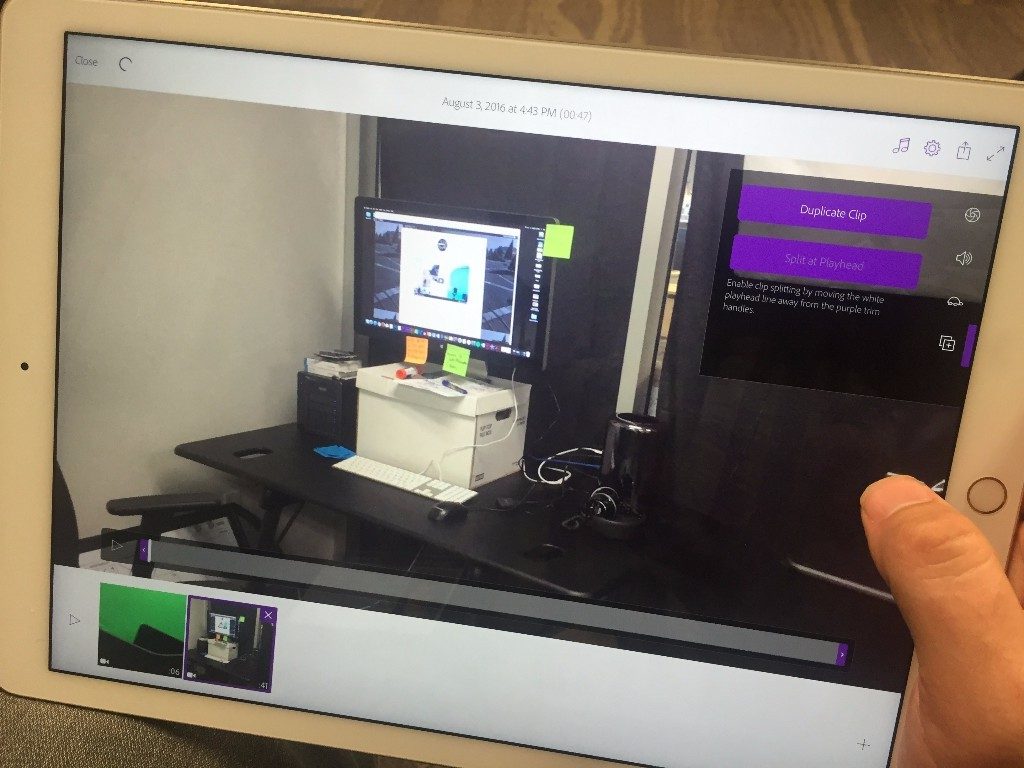
Last year, one of the first posts I wrote for the TL site was as a summary of Kaltura, Inc’s whitepaper on the state of video in the education space. Kaltura is back at it again in 2016, this time with a much more in-depth, 45-page report. While I think it’s important to bear in mind where this study is originating (from within the enterprise video streaming industry), it does provide some interesting insights into the massive impact digital media is having on the higher education landscape.
Summary
The report starts with the obvious – the use of video across all strata of education has steadily grown in the last year. The percentages of educators, administrators, and staff using adopting the use of video is up, and so are the number of different use cases being found for video across campuses and in the online space. From watching marketing, admissions, and orientation videos, to heavy use of instructional media in the classroom and in the LMS, to distant family and friends watching graduation via live-streaming, today’s college student can “expect to encounter video in every step of the educational process”.
Amongst all the statistics, pie charts and bar graphs, two trends caught my eye. First, year over year, educators and students rate their level of digital literacy at slightly lower levels than they did last year. It seems obvious that digital literacy levels are not actually dropping – suggesting, as the authors do, a distinct feeling that either new technologies and tools are being introduced faster than end users can comfortably keep up with, or that our sense of what constitutes digital literacy is rising along with expectations for more highly sophisticated media being produced more quickly, cheaply, and by more amateur or “prosumer” level content creators.
Second, the study suggests a growing preference for more produced, impactful, shorter, and entertaining video for instruction. Traditional lecture capture can be a great resource for students who miss class – but most students simply will not watch an hour video of a class they would attend in person. The growing adoption of flipped classroom pedagogy accentuates the shift in emphasis away from lecture capture towards the purposeful use of video to prepare students for active or experiential learning in the classroom.
Takeaways
As a technology support person responsible for providing professional development around the creation of instructional media, these takeaways are of great interest to me. The potential of video in teaching and learning is fantastic. As always, it will take a combination of newer, more powerful and more intuitive tools along with effective training and support to empower faculty to make the most of emerging technologies.
Luckily, I believe UP is in a good place with some of the new tools we have available for faculty creating and delivering online video – and, hopefully in a good place with as I will be doing my best to provide effective, empathetic training and support for faculty engaging with media creation. Watch this space for more information on new tools, capabilities and professional development opportunities around the use of digital video for teaching and learning. We in ATS have a lot that we plan to share with you in Fall 2016.
You can read the full Kaltura report for a much more in-depth look at the methodology and results of the study.
